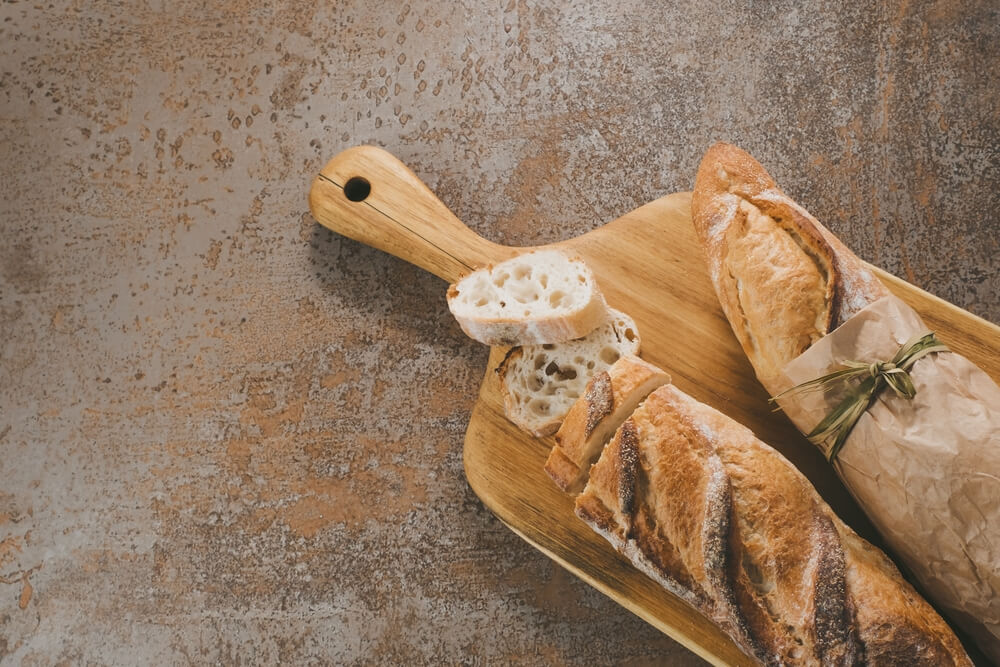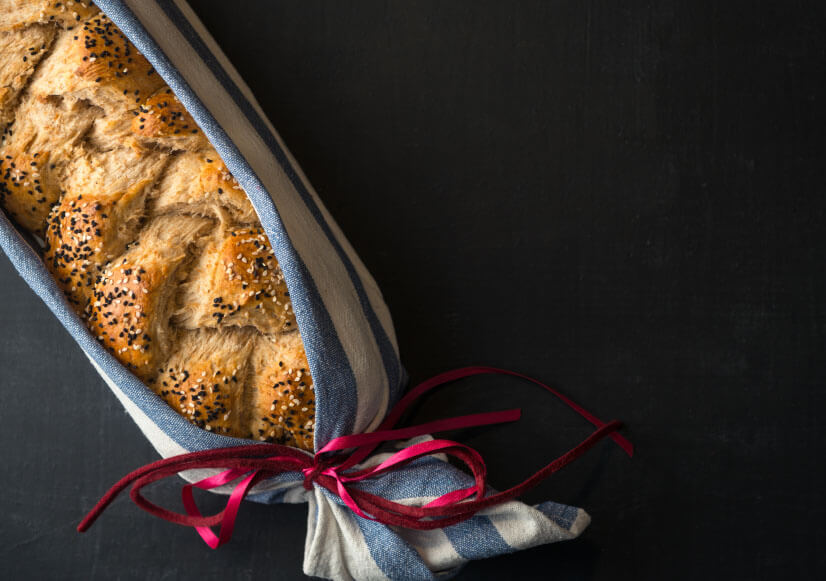Perfect hydration is a critical part of the sourdough preparation process and will play a large role in the success or failure of your overall result.
Ultimately, you don’t want your loaf to come out too dense because it will just become too difficult to eat, while a sloppy dough won’t bake properly or might lose its shape.
All of this means it’s vital to have the ideal balance of hydration so that your dough is well-balanced and combines seamlessly with the right amount of stickiness. So, how do you achieve a winning loaf of sourdough in your home oven?
Is sourdough bread better for you?
Firstly, let’s look at why sourdough is one of the more favourable bread options in modern baking.
As it only requires three ingredients (flour, water and salt) it is free of the chemicals and preservatives found in commercially available bread. It’s also a nice, simple and natural option.
Compared to white bread, it boasts plenty of benefits as well – including being high in protein, vitamins and minerals that will aid your metabolism and overall nutrition. Sourdough is the clear leader with its balance of great taste and benefits for your health. Oh, and it's delicious.
Should sourdough be wet?
Your dough should be well-hydrated, but not with a wet or sloppy feeling. When all of the ingredients have been properly combined, the mixture should have a sticky and firm feeling to it. It should even take on a stretchy touch when you roll it around in your hands.
What does hydration mean in sourdough?
To get the best possible loaf, you want complete hydration and saturation, which means you want one part water and one part flour. Too much flour and the dough will be too dry, and too much water will mean it's too sloppy and not likely to cook correctly. Achieving this perfect 1:1 ratio is the key to flawless hydration.
How does hydration affect sourdough?
Getting the hydration balance in sourdough correct is vital as it has a major impact on the baking process. Getting this 1:1 ratio wrong can lead to a dough that has the consistency of cookie dough or soup. That doesn't mean you have to stick to 1:1 strictly; there is a little bit of wiggle room. Just don't stray too far in either direction or you are going to have a less-than-appeal loaf on your hands.
You can also experiment with the addition of small doses of water and oil to help create the perfect texture or to alter the taste to your liking.
When you have the balance nailed down, leave it overnight for the perfect result. If you crave a more sour taste, pop the dough in the fridge in a banneton basket and let it rise overnight. If you prefer a more mild taste, then let it rise in a banneton at room temperature.





